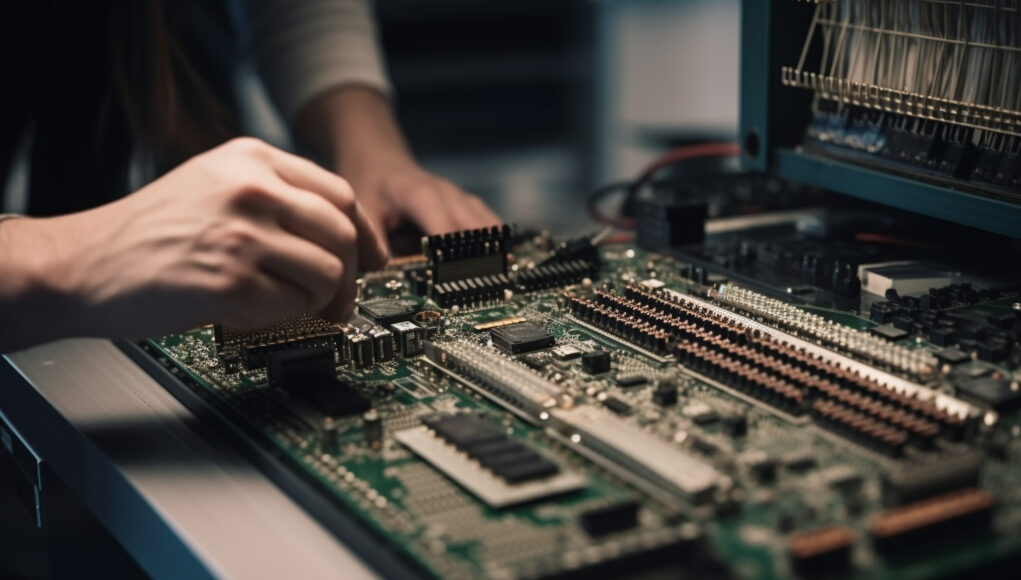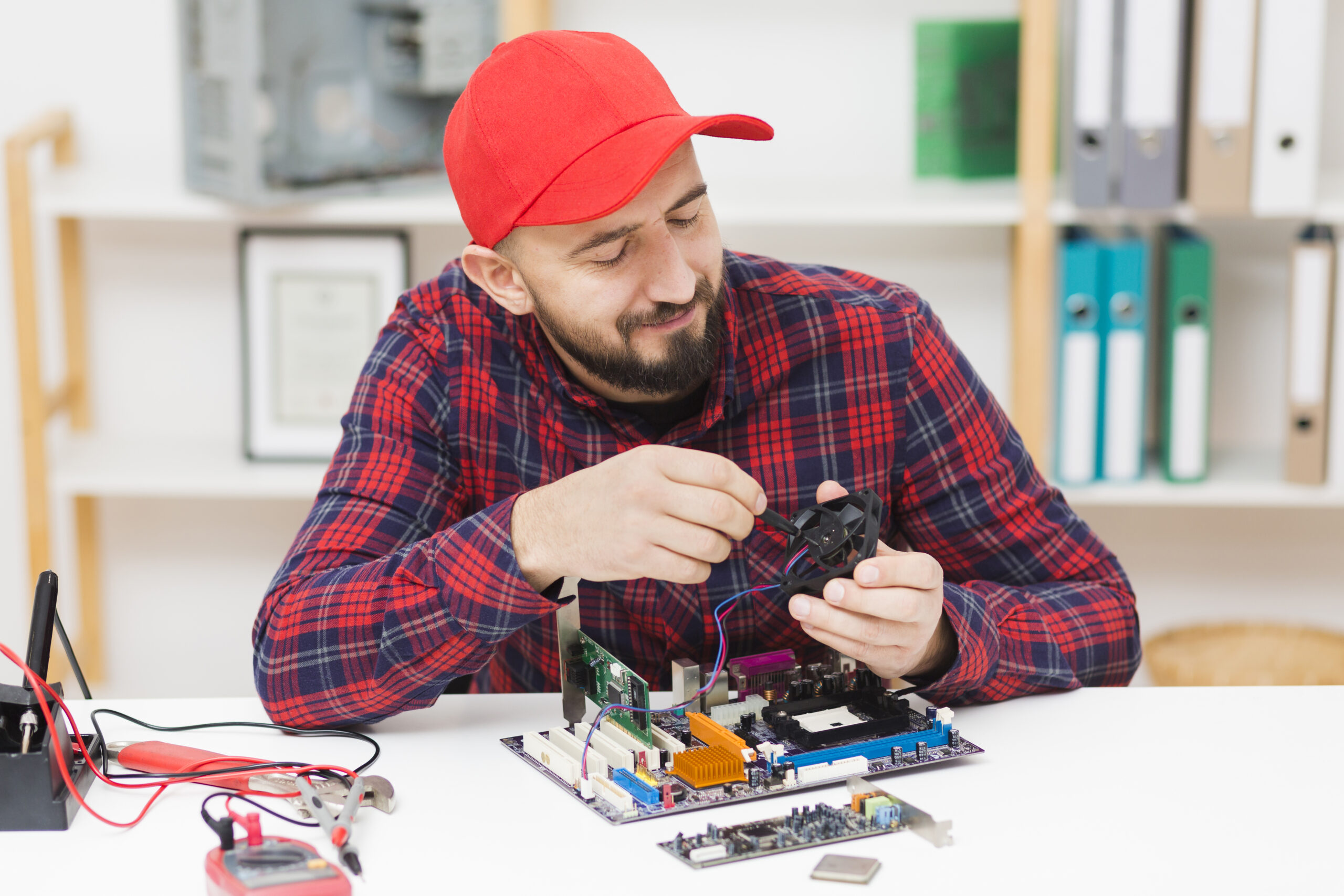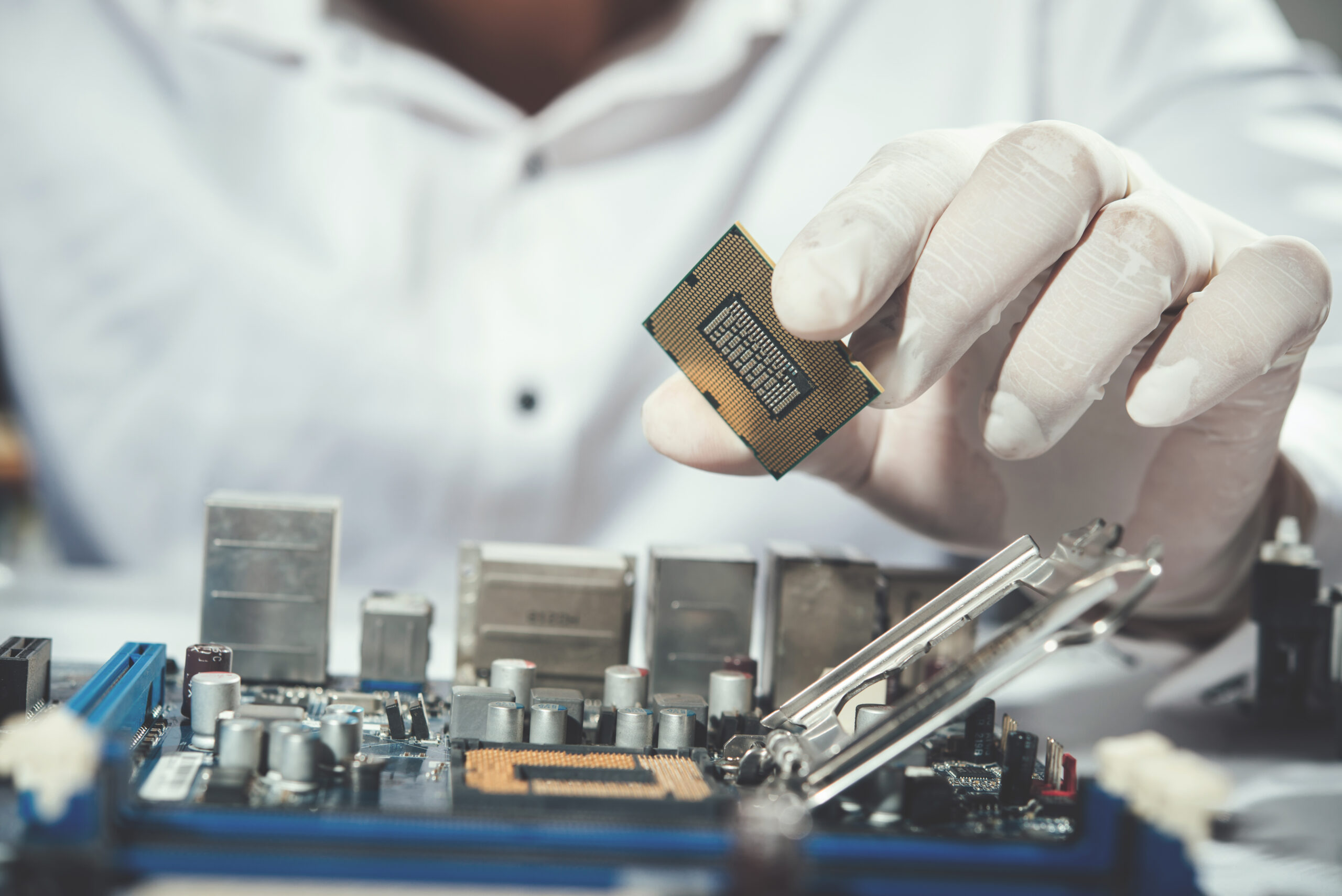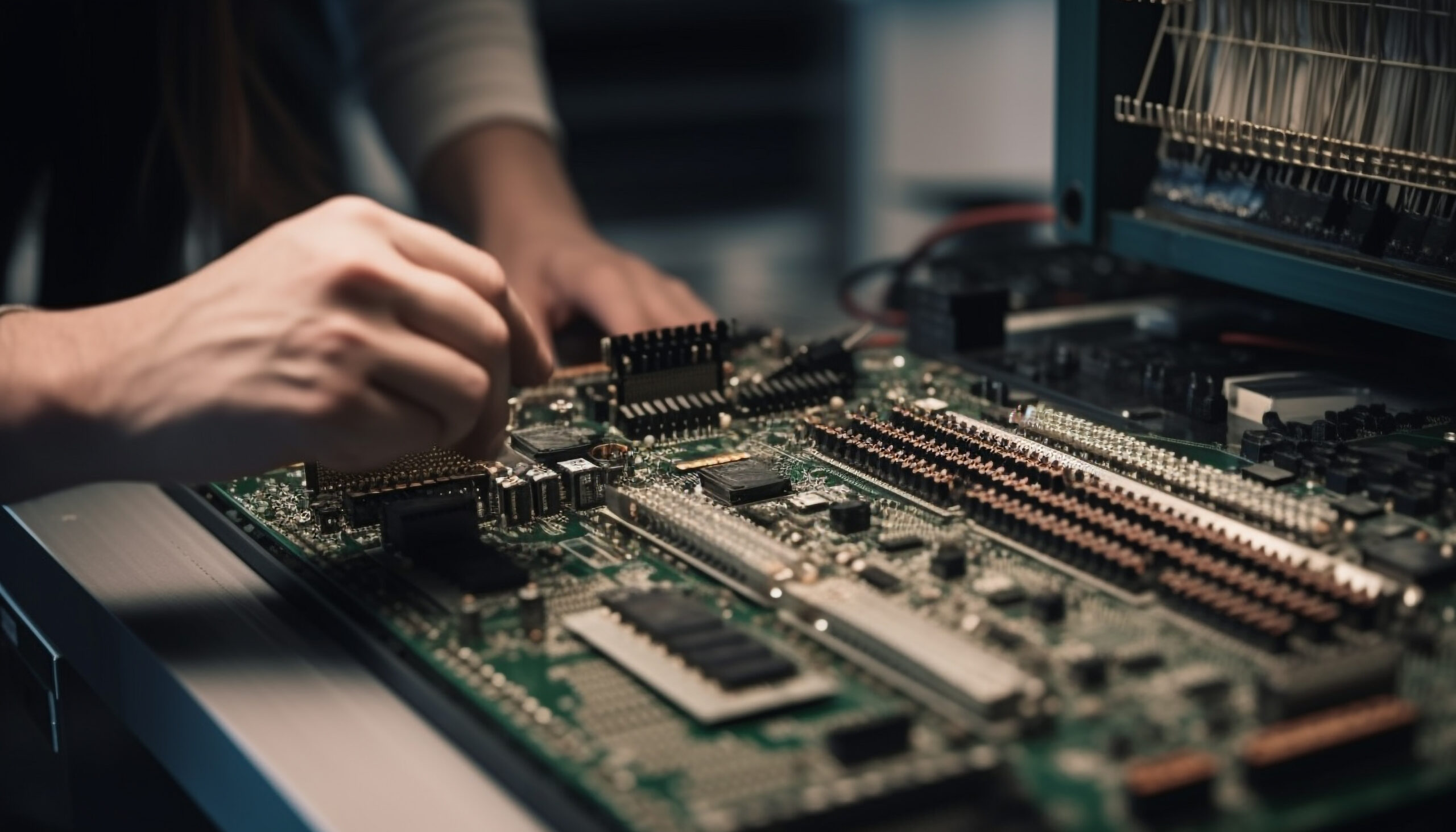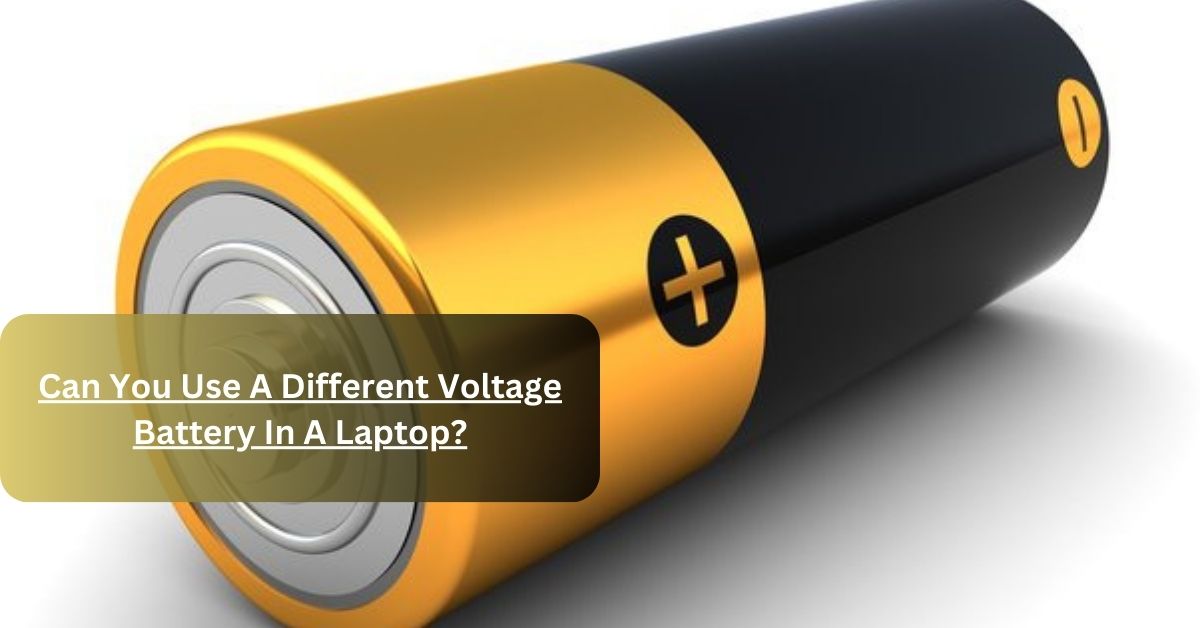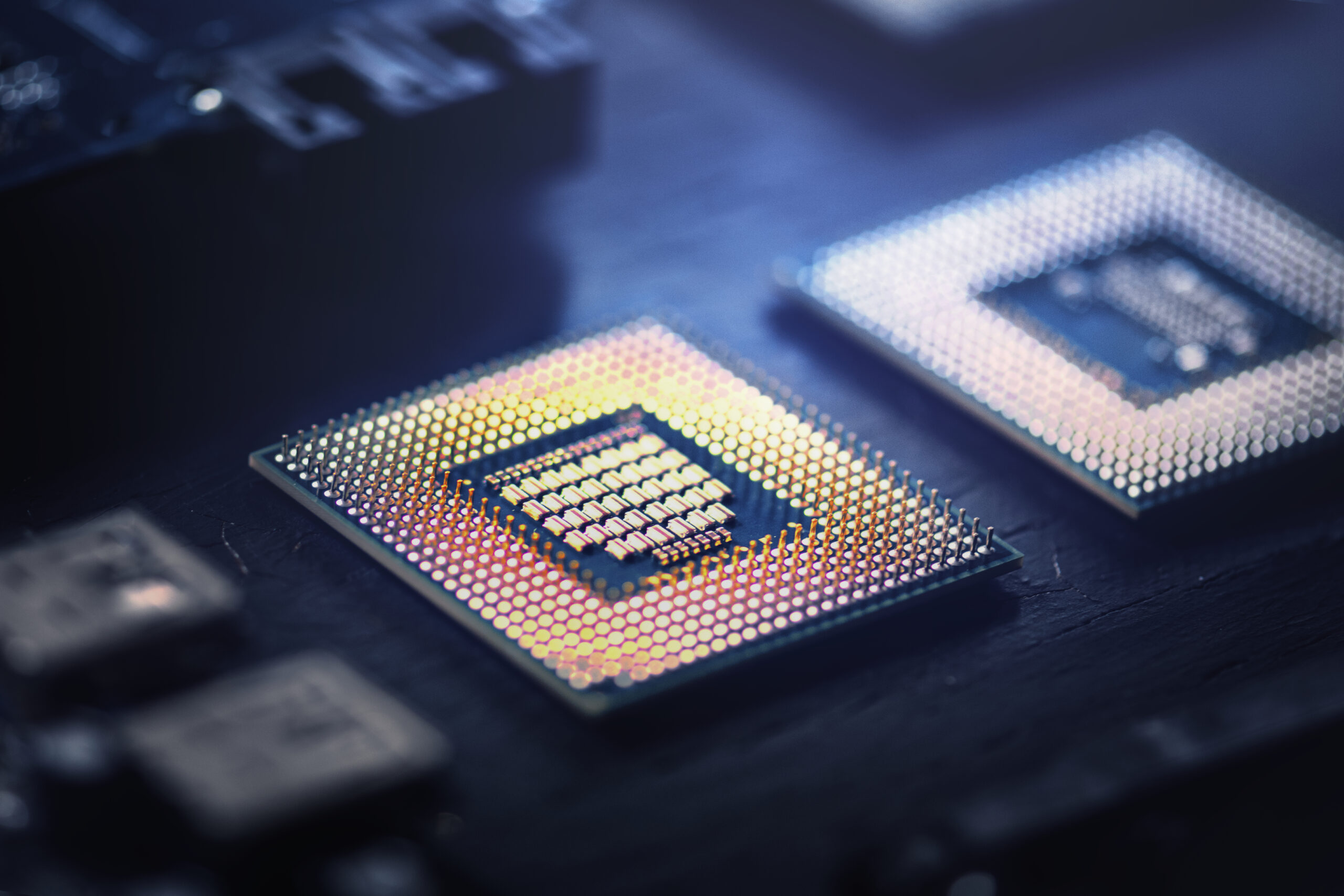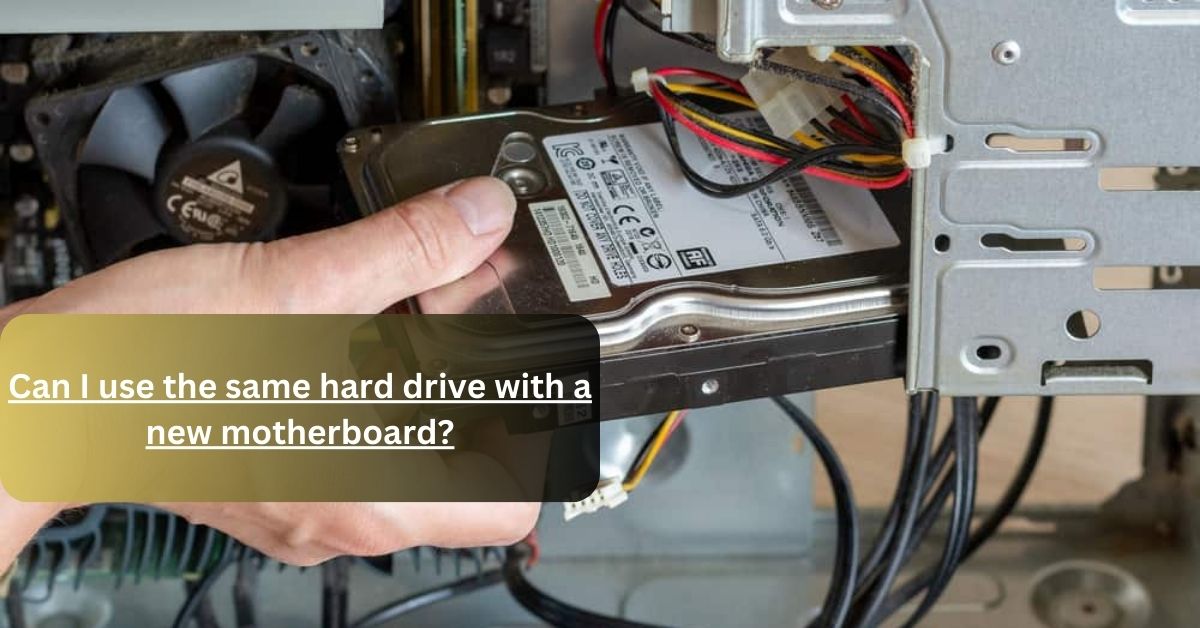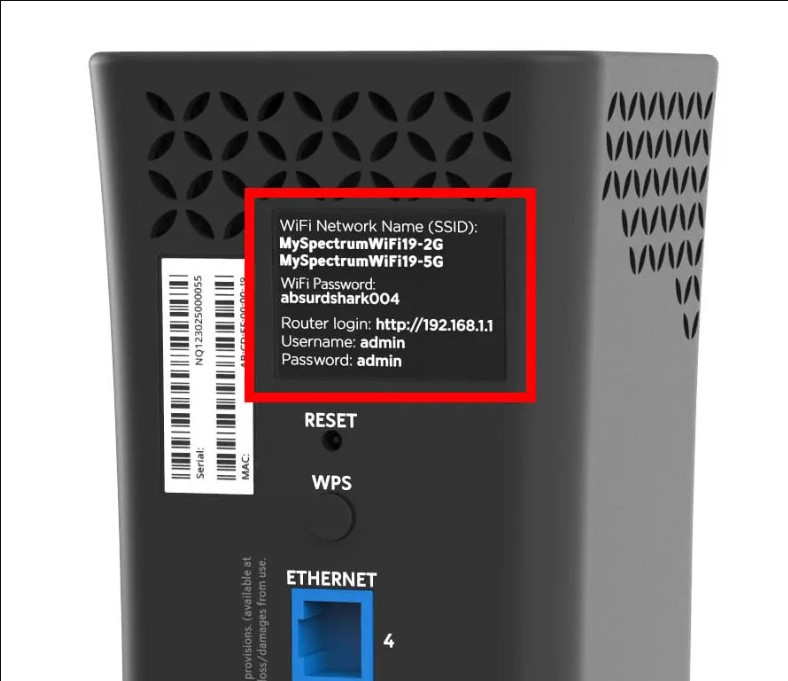You might think a motherboard is just a boring piece of your computer’s innards, sitting there doing nothing exciting. But that’s far from the truth. The motherboard, also known as the mainboard or system board, serves as the central nervous system of your PC, connecting all its components and facilitating communication between them. It’s essentially the backbone of your computer, responsible for coordinating tasks and ensuring everything runs smoothly. So, what does a motherboard do? It provides power, enables data transfer, and supports various hardware components like the CPU, RAM, and storage devices. In short, without a motherboard, your computer wouldn’t be able to function at all.
Exactly what Does A Motherboard Do?
what does a motherboard do The motherboard is like the central nervous system of your computer. It’s a critical component that connects all the other parts together. Without it, your computer would just be a pile of useless parts. Here are 10 crucial roles that the motherboard plays:
- Connecting All Components
- what does a motherboard do The motherboard is the main circuit board that holds and allows communication between various crucial components of your computer, such as the CPU, RAM, and storage devices.
- Hosting the CPU
- The central processing unit (CPU), often referred to as the brain of the computer, is mounted directly onto the motherboard. The motherboard provides the necessary power and data paths for the CPU to function.
- Memory Management
- what does a motherboard do The motherboard holds the RAM (Random Access Memory) slots. RAM is where your computer stores data that’s currently being used. More RAM means better multitasking and faster performance.
- Power Distribution
- Power from the power supply unit (PSU) is distributed to all components through the motherboard. It ensures that each part gets the correct amount of power needed to function.
- Peripheral Connectivity
- what does a motherboard do The motherboard comes with various ports for connecting peripherals like the mouse, keyboard, and printers. It’s also where you plug in your USB devices.
- Expansion Capabilities
- It includes expansion slots for additional cards like graphics cards, sound cards, and network cards. These slots allow you to upgrade your computer to meet new demands or improve performance.
- BIOS/UEFI Storage
- The BIOS or UEFI firmware is stored on a chip on the motherboard. This software is what boots your computer and provides the basic instructions for hardware initialization during the startup process.
- Data Management
- It manages data flow between the computer’s operating system and attached devices. The motherboard’s chipset is crucial in this process, affecting everything from data speed to stability.
- Cooling System Integration
- what does a motherboard do The motherboard has connections for various cooling systems, including fans and liquid cooling setups. These are essential for maintaining optimal temperatures for all the components.
- Audio and Networking
- what does a motherboard do Many motherboards come with integrated sound and network cards, which handle audio output and internet connectivity, respectively. This means you don’t always need separate cards for these functions.
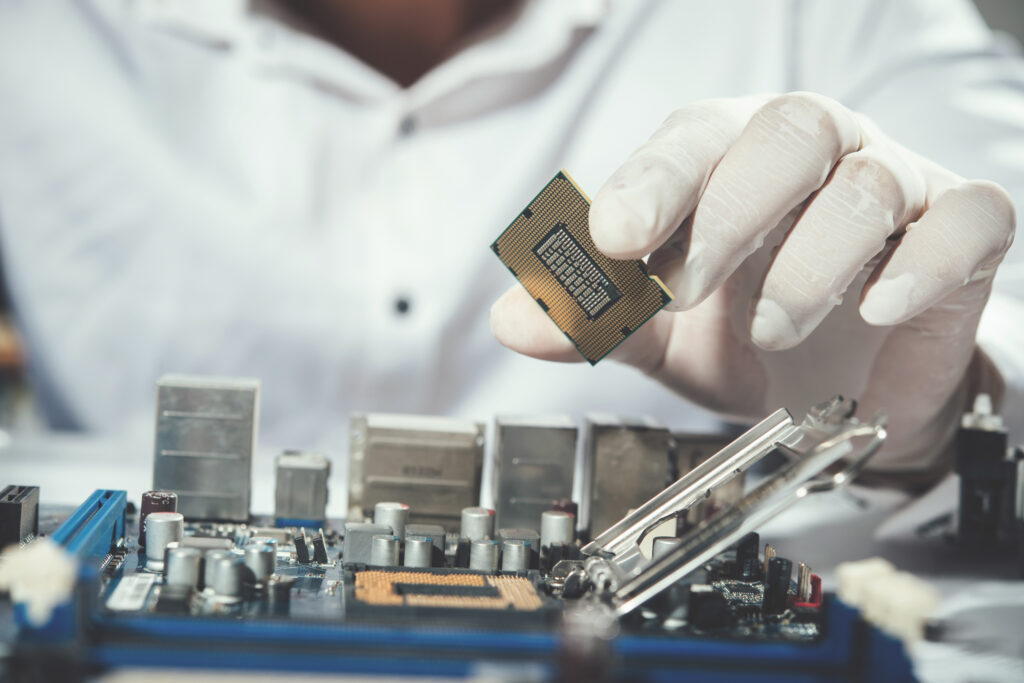
Why Is the Motherboard Important?
what does a motherboard do Understanding the importance of the motherboard can change how you look at upgrading or building your own PC. It’s not just about the CPU or the graphics card – the motherboard is the backbone that ensures everything works in harmony.
Motherboard Components and Their Functions: A Deep Dive
It’s easy to assume that what does a motherboard do is just a single piece of hardware with no particular complexity. However, this belief couldn’t be more wrong. The motherboard is actually a sophisticated platform with various components, each playing a unique role in your computer’s performance. Let’s explore these components and their functions in detail.
Components of a Motherboard
what does a motherboard do Understanding the different parts of a motherboard helps you appreciate its importance and functionality. Here are some of the key components:
- CPU Socket
- This is where the central processing unit (CPU) is installed. The socket type varies depending on the motherboard model and the CPU it supports. Choosing the right CPU socket is crucial because an incompatible CPU won’t fit or function correctly. Modern motherboards typically support Intel or AMD processors, each with specific socket types. The CPU socket also houses pins or contacts that connect the CPU to the motherboard, facilitating communication and power delivery.
- RAM Slots
- These slots hold your computer’s memory modules. The number and type of RAM slots can affect your computer’s performance and upgrade potential. More RAM slots mean you can install more memory, which is essential for multitasking and running memory-intensive applications. Ensuring the RAM is compatible with the motherboard specifications is important for optimal performance. Different motherboards support different types of RAM, such as DDR4 or DDR5, and have limitations on the maximum memory capacity.
- Chipset
- The chipset acts as the motherboard’s communication center and traffic controller, managing data flow between the CPU, memory, and peripherals. It determines many of the features and capabilities of the motherboard, such as the number of USB ports, SATA connections, and PCIe lanes. A high-quality chipset can significantly improve your computer’s efficiency and performance, offering better support for various components and faster data transfer rates.
- BIOS/UEFI Firmware
- Stored on a chip on the motherboard, this firmware initializes hardware during the boot process and provides runtime services for operating systems and programs. BIOS (Basic Input/Output System) or UEFI (Unified Extensible Firmware Interface) settings allow users to configure hardware settings, such as boot order, system clocks, and security options. Regular updates to BIOS/UEFI are necessary to ensure compatibility with new hardware and to improve system stability and performance.
- Power Connectors
- These connectors distribute power from the power supply to the motherboard and other components. Proper power distribution is essential to prevent power shortages or surges that can damage components. The motherboard typically includes a 24-pin main power connector and an 8-pin CPU power connector, ensuring all components receive the power they need to function correctly.
- Expansion Slots
- These include PCIe slots where you can add additional cards such as graphics cards, sound cards, and network cards for enhanced functionality. Expansion slots provide the flexibility to upgrade your computer as needed, improving graphics performance, adding better sound quality, or enhancing network capabilities. The number and type of expansion slots vary between motherboards, with some offering additional PCI slots for older hardware.
- Storage Connectors
- SATA and NVMe connectors link storage devices like SSDs and HDDs to the motherboard, affecting data transfer speeds and storage capabilities. NVMe connectors offer significantly faster data transfer rates compared to traditional SATA connections, making them ideal for high-performance storage solutions. The motherboard’s storage connectors determine how many and what type of drives you can install, influencing your system’s overall storage performance.
- Input/Output Ports
- These ports allow you to connect external devices like USB drives, monitors, and network cables. The variety and number of I/O ports on a motherboard can greatly impact its usability. Common I/O ports include USB, HDMI, DisplayPort, Ethernet, and audio jacks. More ports offer greater connectivity options, allowing you to connect multiple devices simultaneously without needing additional adapters.
- Integrated Audio and Network
- Many motherboards come with built-in audio and networking capabilities, providing basic sound and internet connectivity without needing extra cards. Integrated audio solutions vary in quality, with higher-end motherboards offering superior sound performance suitable for gaming and multimedia applications. Integrated network adapters typically support Ethernet connections, with some advanced models including Wi-Fi capabilities for wireless networking.
- Cooling System Connectors
- These connectors are for attaching fans and other cooling systems, crucial for maintaining optimal operating temperatures. Proper cooling is essential to prevent overheating, which can lead to hardware failure and reduced performance. The motherboard typically includes several fan headers, allowing you to connect multiple cooling fans and configure their speeds through BIOS/UEFI settings or dedicated software.
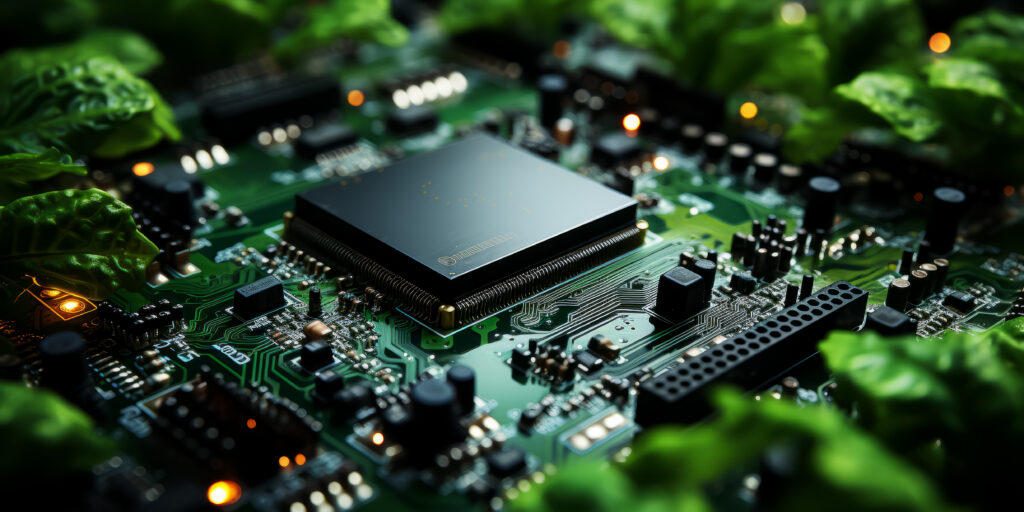
How to Identify and Use These Components
Each component on the motherboard has a specific role and can impact your computer’s performance in various ways. Let’s break down how you can identify and use these components effectively:
- Choosing the Right CPU Socket
- Ensure your CPU is compatible with the motherboard’s socket. An incompatible CPU won’t fit or function correctly.
- Maximizing RAM Potential
- Populate all available RAM slots for better performance, but ensure the RAM is compatible with the motherboard specifications.
- Optimizing Chipset Capabilities
- Different chipsets offer different features. Choose a motherboard with a chipset that supports your needs, whether it’s gaming, professional work, or general use.
- Utilizing BIOS/UEFI Features
- Update your BIOS/UEFI regularly to ensure compatibility with new hardware and improve system stability and performance.
- Efficient Power Distribution
- Use power connectors appropriately to avoid power shortages or surges that can damage components.
- Expanding with Expansion Slots
- Use PCIe slots to add extra functionalities, such as better graphics, improved sound, or faster network connectivity.
- Speedy Storage Solutions
- Opt for NVMe connectors for faster data transfer speeds compared to traditional SATA connections.
- Connecting External Devices
- Make use of all available input/output ports to connect necessary peripherals and enhance your computing experience.
- Integrated vs. Dedicated Components
- Decide whether built-in audio and network features are sufficient or if you need dedicated cards for higher performance.
- Maintaining Optimal Temperatures
- Connect all necessary cooling systems to keep your motherboard and components from overheating, ensuring longevity and performance.
Understanding these components and their functions can help you make informed decisions when upgrading or troubleshooting your computer.
Pros and Cons of Modern Motherboards
What does a motherboard do Motherboards today are packed with features that cater to various needs, but they also come with their own set of advantages and disadvantages.
Pros: Modern motherboards offer extensive connectivity options, including numerous USB ports, high-speed NVMe storage connectors, and multiple RAM slots. They often come with integrated features like audio and network adapters, which save the cost and hassle of installing additional cards. Advanced chipsets provide enhanced performance and support for the latest hardware. Additionally, BIOS/UEFI firmware updates improve compatibility and system stability over time.
Cons: High-end motherboards can be quite expensive, especially those with advanced features like multiple PCIe slots and integrated Wi-Fi. Compatibility can also be an issue, as not all CPUs, RAM, and other components will work with every motherboard. Users need to carefully check specifications to ensure compatibility. Additionally, the complexity of modern motherboards can be overwhelming for beginners, making it challenging to troubleshoot issues or perform upgrades without proper knowledge.
Final Verdict
The motherboard is undeniably the backbone of any computer system, playing a critical role in performance and functionality. Understanding its components and how they work together can help you make informed decisions when building or upgrading your PC. While modern motherboards offer impressive features and capabilities, it’s essential to choose one that matches your specific needs and budget. Balancing the pros and cons will ensure you get the best performance and value from your investment.
FAQs About Motherboards
Q: What is a motherboard?
A: A motherboard is the main circuit board in a computer. It connects and allows communication between all the critical components, including the CPU, RAM, storage devices, and peripherals. It’s essentially the backbone of your PC.
Q: Why is the motherboard important?
A: The motherboard is crucial because it holds everything together and enables all the parts to communicate. Without it, your computer wouldn’t function. It distributes power, manages data flow, and connects the CPU, memory, storage, and other peripherals.
Q: How do I choose the right motherboard?
A: When choosing a motherboard, consider compatibility with your CPU, the number of RAM slots, expansion slots, storage connectors, and built-in features like audio and networking. Also, think about future upgrades and whether the motherboard can support them.
Q: What does a CPU socket do?
A: The CPU socket is where the processor is installed. It provides the necessary power and data connections to the CPU, allowing it to communicate with other parts of the computer.
Q: What are RAM slots, and why do they matter?
A: RAM slots hold your computer’s memory modules. More slots and higher compatibility allow for more memory, which can significantly improve multitasking and overall performance.
Q: What is a chipset on a motherboard?
A: The chipset acts as the traffic controller, managing data flow between the CPU, memory, and peripherals. It affects the number of USB ports, SATA connections, and other critical features of the motherboard.
Q: How important are BIOS/UEFI updates?
A: BIOS/UEFI updates are important because they ensure compatibility with new hardware, fix bugs, and sometimes improve performance. Regular updates help maintain system stability.
Q: Can I upgrade my motherboard?
A: Yes, you can upgrade your motherboard, but it involves significant work. You’ll need to ensure compatibility with your existing CPU, RAM, and other components. Also, you might need to reinstall your operating system.
Q: What are expansion slots used for?
A: Expansion slots, like PCIe slots, are used to add extra cards such as graphics cards, sound cards, and network cards. These slots allow you to upgrade and enhance your computer’s capabilities.
Q: How do storage connectors affect performance?
A: Storage connectors like SATA and NVMe link your storage devices to the motherboard. NVMe connectors offer faster data transfer speeds compared to traditional SATA, leading to better performance.
Q: What is the role of integrated audio and network on a motherboard?
A: Integrated audio and network capabilities provide basic sound and internet connectivity without needing additional cards. This simplifies the setup and reduces costs, though some users might opt for dedicated cards for higher performance.
Q: Why are cooling system connectors important?
A: Cooling system connectors allow you to attach fans and other cooling systems. Proper cooling prevents overheating, which can damage components and reduce performance. Ensuring optimal temperatures is key to maintaining your system’s longevity.
Q: Are high-end motherboards worth the price?
A: High-end motherboards offer advanced features like multiple PCIe slots, better power management, and superior build quality. They are worth the price if you need these features for gaming, professional work, or future-proofing your system.
Q: Can I use any RAM with my motherboard?
A: No, you need to use RAM that is compatible with your motherboard. Check the motherboard’s specifications for supported RAM types and maximum capacity. Using incompatible RAM can prevent your computer from booting or cause stability issues.
Q: What should I do if my motherboard fails?
A: If your motherboard fails, you will likely need to replace it. Ensure the new motherboard is compatible with your existing components. Sometimes, diagnosing a motherboard failure can be tricky, so consulting a professional might be a good idea.


